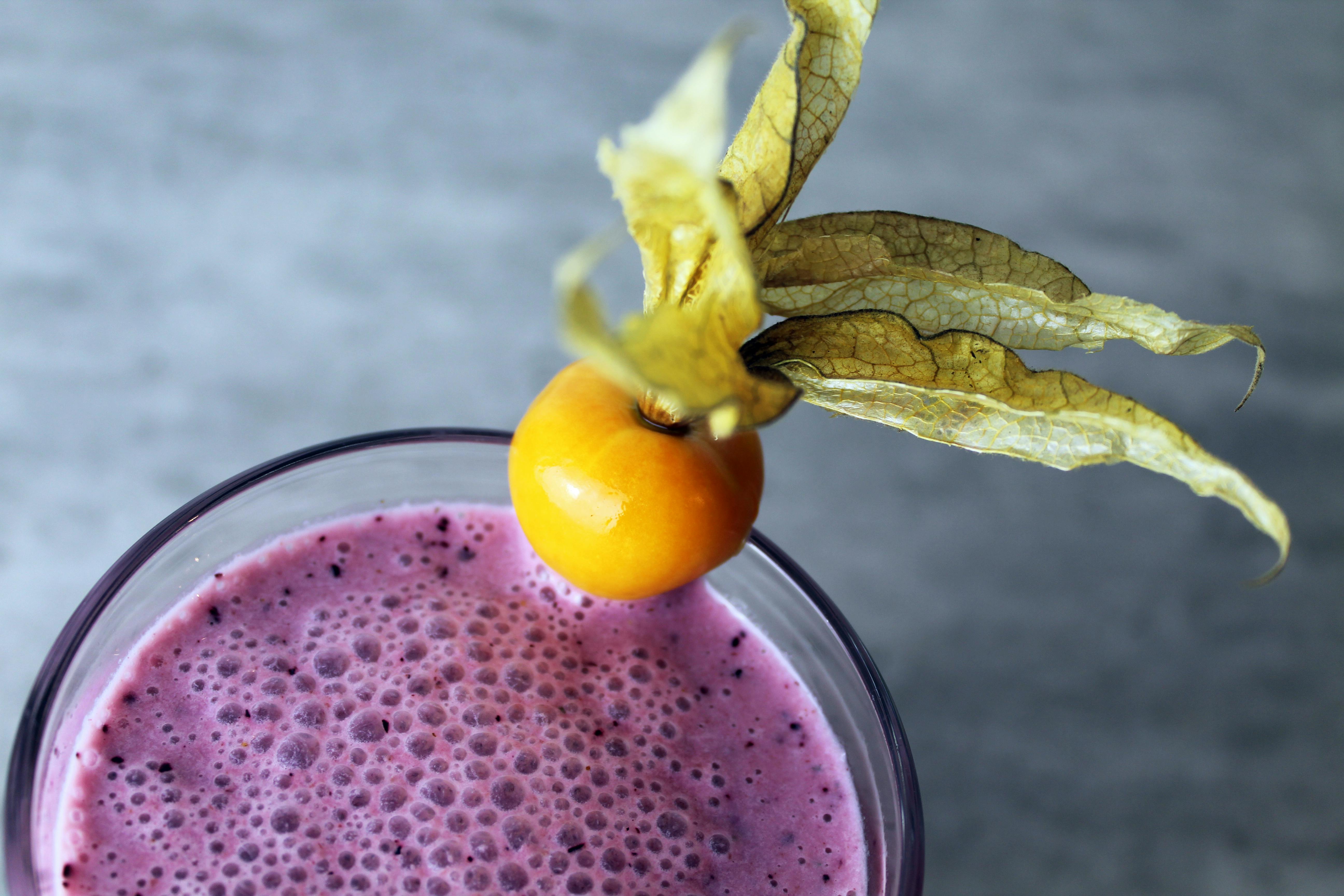
Speed up your workout recovery time with massage therapy
Are you allowing your muscles to fully recover between workouts? Coping with pain by doing resistance exercises is not only distressing but counterproductive.
As you lift weights or perform strenuous exercise, your muscle fibers will develop micro-tears. This is what stimulates the muscle to repair itself bigger and stronger than ever before. But muscles take time to heal. And if you go back to the gym before your muscles have fully recovered, all you’re doing is causing more damage to your muscles, stunting their growth.
Fortunately, you can speed up your workout recovery time with massage therapy.
Helping your muscles recover faster
Studies show that massaging sore muscles for approximately 10 minutes right after hours of intense training has a dramatic impact on the healing response of muscle cells genes.
One type of gene acts as an anti-inflammatory agent, reducing pain and soreness in the muscles.
Another gene contributes by increasing the production of mitochondria in the muscles. Mitochondria are the powerhouse of the cell and a crucial agent for muscle contraction. Therefore, an increase in the production of mitochondria will result in faster healing and growth of muscle fibers.
ice vs massage
Traditional treatment for sore muscles includes applying ice to the affected area, as well as applying anti-inflammatory medications. While these remedies are quite effective in reducing muscle inflammation, they have a major drawback in that they tend to slow or inhibit muscle growth and repair.
On the other hand, massage has been repeatedly shown to not only relieve pain and discomfort, but also speed healing and muscle growth.
However, the researchers found that post-workout massages are not effective in reducing lactic acid in the muscles. Even if this would have been your reason for getting a massage, the benefits of post-workout massage are too important to discount.
The leg massage experiment
Now there’s more to love about getting a post-workout massage than just the pleasurable feeling of having your muscles kneaded by a professional masseur. In this particular experiment, the volunteers went through hours of rigorous training. The training was designed to produce muscle soreness in the participants that lasted for approximately a couple of days afterward.
At the end of their training, each participant was given a 10-minute massage on only one leg, leaving the other leg as a control for the experiment. After examining the genetic profiles of sample muscle tissues from both legs, they found large differences in chemical composition between them.
The genetic profiling process revealed that massage activated genetic properties that controlled muscle inflammation and, at the same time, boosted muscle growth and healing.
Stronger, Faster, Bigger Muscles
Another experiment reveals that after a couple of months of intense training, the volunteers began to achieve stronger, faster, bigger and fitter muscles. This is mainly due to the dramatic increase of up to 100 percent in the volume of mitochondria.
Mitochondria are primarily responsible for oxygen uptake at the cellular level. Therefore, the more your muscles have of these mitochondria, the more efficient they will be at extracting the oxygen needed for muscle fiber repair and regeneration.
The experiment has clearly shown that post-exercise massage plays a very important role in muscle recovery and growth.
Massage therapy in sports medicine and conventional medical care
In recent years, massage therapy has been steadily gaining ground in mainstream medical care, thanks to experts meticulously studying the effect of massage on human muscle tissue and how various genes respond to it. And so, even in conventional and sports medicine, massage has gained respect as a viable treatment for a number of muscular and circulatory conditions.
Along with the control group, the massaged muscles healed faster, suffered less inflammation and gained more strength than the control group that simply rested and received conventional medications.
Find a massage therapist
It is important to find a suitable massage therapist for your needs. Follow these simple steps on how to do it.
1. Identify your fitness goals and needs
Although the primary goal of every athlete’s massage therapy is to speed recovery, you may also be interested in other benefits, such as:
-
stress reduction
-
Relieve muscle tension
-
bread relief
-
Improving your state of mind
-
Improving your flexibility
2. Compare prices
Get a referral from your gym, health care provider, or a friend. This is because you want to weed out those who are running their businesses illegally, those who are self-taught, or those unfamiliar with your specific fitness goals.
Other places to consider include wellness centers, chiropractic clinics, massage schools and spas. Give them a call and see what they have to offer.
3. Ask for your rate
Some therapists offer different rates for different massage methods. Others offer a flat fee. Do you offer package deals at reduced prices? These are just a few of the things to consider when discussing your massage therapist’s fees.
mechanical massagers
For those times when your masseuse is not available, a mechanical massager like the air compression leg massager is the next best thing. For runners, cyclists, endurance athletes, or anyone who is serious about their fitness and training, this versatile air compression leg massager offers three settings to suit your needs.
Helps improve circulation in the legs and lower calf by providing soothing relief for aches and pains. It works by filling the cuff with air, holding the air in for a moment, releasing the air, and then repeating the process.
This leg massager mimics the natural massage action that is so effective in improving blood circulation and relieving symptoms caused by lymphoma, neuropathy and similar ailments.